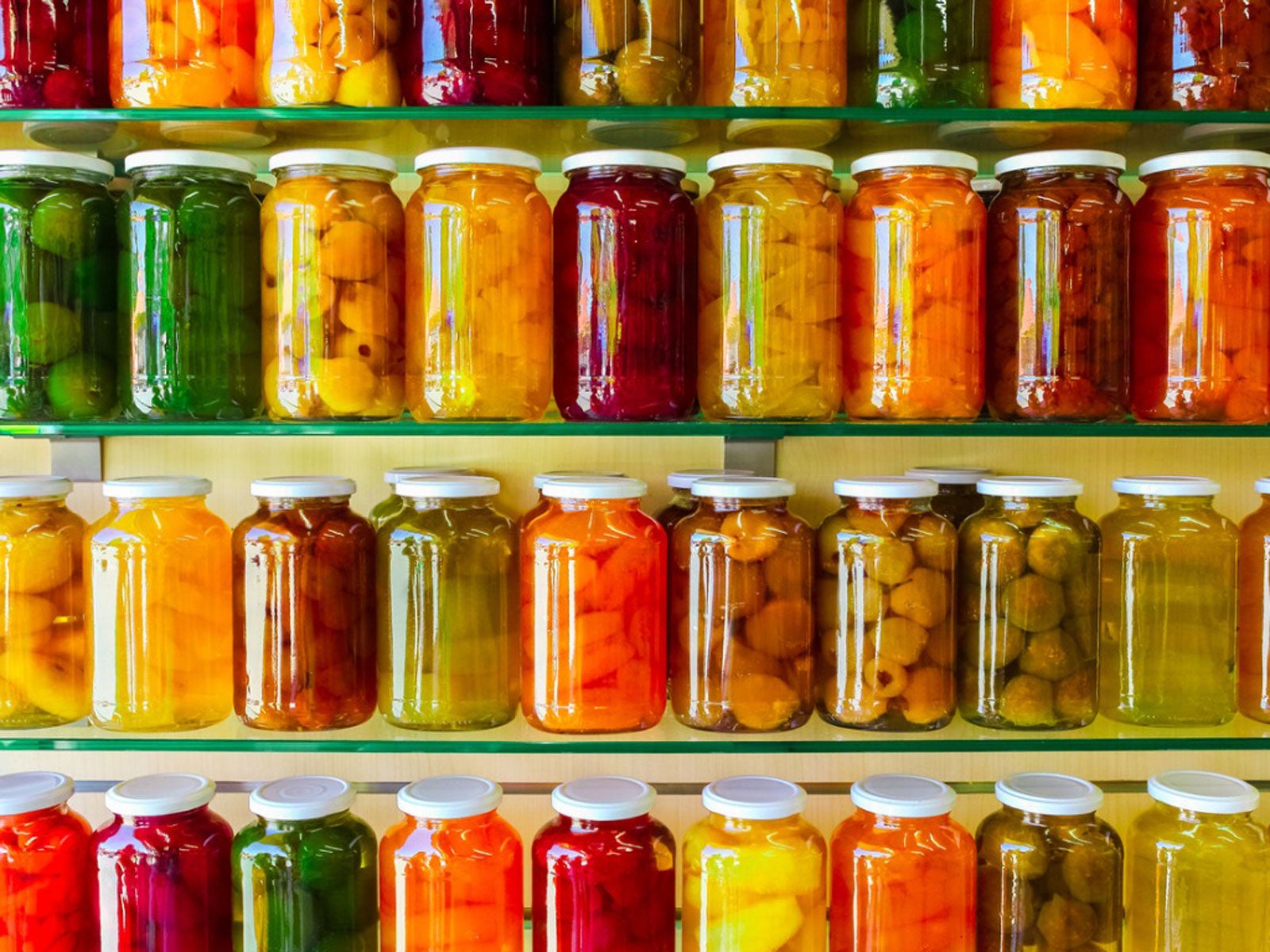Pantry Vegetable Garden: Tips On Planting For The Pantry


Few things are finer than walking out your door and picking your own fresh produce. Having a pantry vegetable garden keeps food close on hand and allows you to control what, if any, chemicals contact your produce.
Planting for the pantry garden starts with a little planning, seed acquisition, and soil augmentation. With a little advance prep, you'll be making meals from your garden in just a few months. Keep reading for a little pantry garden info.
How to Grow a Living Pantry
Our parents or grandparents may have participated in a Victory Garden, but today's gardeners grow a wide variety of food just for fun, as an economic gesture, and in order to ensure their consumables are safe and organic. Building a food pantry garden can provide healthy food year-round in many regions and is not difficult with a little know-how.
First things first. You need good soil. Most vegetables prefer a pH range of 6.0 to 7.0. If your soil is too alkaline, say above 7.5, you will need to amend it. Adding sulfur will adjust the pH but it should be done about six months prior to planting for best results. Mix in good organic matter like leaf litter, compost, or any easy-to-break-down items that will juice up the soil and improve drainage.
Next, select your seeds or plants. Many plants will not survive a hard freeze, but there are many cool-season plants from which to select and also those that will produce vegetables that can be stored or processed for consumption in the wintertime. Things like hard-shelled squash will grow in summer but can be stored in a cool area and enjoyed throughout the cold season.
Items for a Food Pantry Garden
Canning, freezing, and drying will preserve the food you grow in the summer months. Even in small spaces, you can grow many items. Trellising smaller squash, tomatoes, eggplants, and other foods will maximize the space. If you are lucky enough to have a larger garden, the sky's the limit.
Definitely ideal when it comes to planting for the pantry, you’ll want to include:
Sign up for the Gardening Know How newsletter today and receive a free copy of our e-book "How to Grow Delicious Tomatoes".
While much of your crop will get winter killed, you can preserve it in a variety of ways. Some, like potatoes, will last a long time in cold storage. Don't forget herbs either. You can use them fresh or dried to add zing to all your dishes.
Long-Term Pantry Plants
While a pantry vegetable garden will get you all the green things you need, don't forget about fruit. In certain regions it’s possible to grow almost anything you can think of, like:
There are new frost-tolerant varieties available, so even northern gardeners can enjoy their favorite fruits. Of course, many of these grow readily in containers that can be cared for indoors.
Learning how to can or purchasing a freeze dryer or food dehydrator will extend the fruit season. Many of these trees won't produce the first year but should be part of planning to grow a living pantry. They will round out your veggie harvests and the fruit will last until the following year with proper preparation.

Bonnie Grant is a professional landscaper with a Certification in Urban Gardening. She has been gardening and writing for 15 years. A former professional chef, she has a passion for edible landscaping.